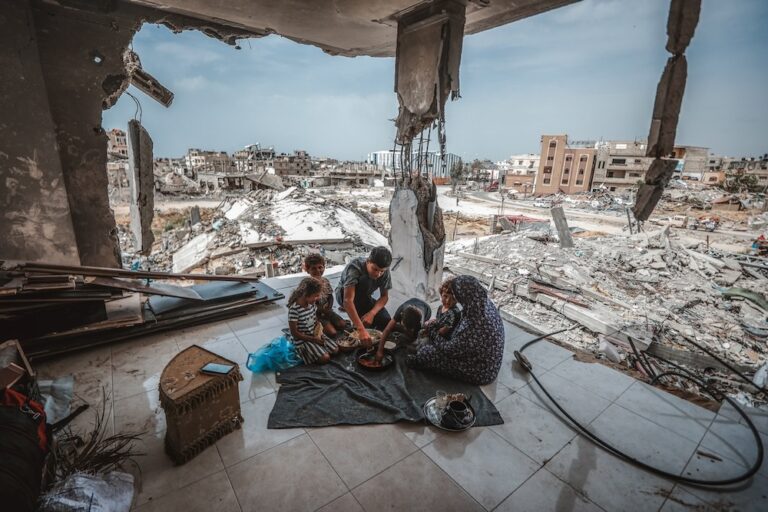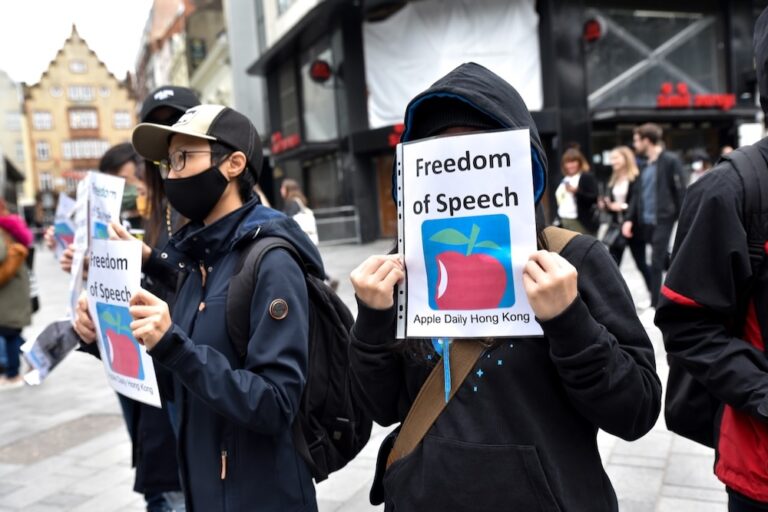(WiPC/IFEX) – The following is a WiPC press release: World Press Freedom Day: 3 May 2007 On 3 May 2007, World Press Freedom Day, International PEN joins other freedom of expression organisations world wide in honouring journalists who have been killed in the practice of their professions. This year UNESCO, World Press Freedom Day sponsor, […]
(WiPC/IFEX) – The following is a WiPC press release:
World Press Freedom Day: 3 May 2007
On 3 May 2007, World Press Freedom Day, International PEN joins other freedom of expression organisations world wide in honouring journalists who have been killed in the practice of their professions. This year UNESCO, World Press Freedom Day sponsor, is commemorating Guillermo Cano Isazo, a Colombian journalist who was shot dead outside his office in December 1986 and whose murder remains unsolved. Twenty-one years later, journalists continued to be murdered – PEN’s records for 2006 show 47 deaths in that year alone for writers and journalists working in the print media. Other press freedom groups who also cover broadcast journalists record figures of over 75 for the year. There is clearly more to be done to eliminate murder as a means of censorship.
Among the murders of journalists in the past year, two stand out. The assassination in October 2006 of Russian reporter Anna Politkovskaya in an apparent “contract killing” highlighted the extreme dangers of reporting on human rights and corruption in Russia. Hers was the 13th such murder since President Putin came to power in 2000. Three months later, the assassination in January 2007 in Turkey of Hrant Dink, the editor of an Armenian language newspaper, dealt a blow to those who had been campaigning for an end to the trials and harassment against him and others in Turkey accused of “insult” to the Turkish State.
These killings led to huge demonstrations in Moscow and Istanbul, national and international press coverage, and pressure on the Russian and Turkish governments to bring those responsible for the killings to justice. Other murders of journalists elsewhere have not attracted as much attention, but they too serve to warn others against reporting on sensitive issues.
All too often, journalists working on stories disclosing information on corrupt businessmen and officials find themselves threatened with death, and in some cases killed. Mexico is a case in point. Cited as the most dangerous place for journalists outside Iraq with eight print and broadcast journalists killed since 3 May last year and two others disappeared, UNESCO’s Director General Koïchiro Matsuura has referred to Mexico as among the “deadliest” countries for the press. Among those killed were two whose investigations of corruption and crime are strongly linked to their deaths. On 8 August 2006 the body of Enrique Perea Quintanilla, a veteran journalist, aged 50, was found on a dirt road some miles outside the city of Chihuahua. He had been shot in the back and in the head. The publisher of the magazine “Dos Caras, Una Verdad” (Two Faces, One Truth), he specialised in disclosing the activities of drug cartels and unsolved murders. On 10 November, the body of “El Despertar de la Costa” editor, Misael Tamayo Hernández, was found in a motel in Zihuatenejo, in the southern state of Guerrero. He was last seen alive a few hours earlier, entering the hotel the previous afternoon. Tamayo Hernández had been critical of the local authority’s corruption, and reported that he had received death threats two months earlier. On 20 January 2007, another journalist, Rodolfo Rincón Taracena, disappeared. He had recently published articles on drug trafficking and had said that he had been receiving death threats. The body of a second journalist, who was abducted on 16 April, was found a week later on 23 April. Saúl Martínez Ortega, the editor of the “Diario de Agua Prieta” had also been reporting on narcotics trafficking. His death makes more acute concerns for the well being of Rincón Taracena. For lists of journalists killed in Mexico and other countries visit http://www.cpj.org
Although the Mexican government has put in place a special prosecutor for crimes against the press, a move that PEN welcomes as essential for tackling the long-standing problem of violence against journalists, the fact that the murders continue at an alarming rate severely curtails the reporting of crime, particularly where local officials and police are implicated. The fact that a significant number of the killings of journalists in past years remain unresolved in Mexico, and elsewhere, leads to concerns that such crimes are being carried out with impunity. Although by its nature self-censorship is difficult to measure, in this climate of fear, it is only the most courageous or determined reporters who are willing to carry out investigations into fraud, bribery and other criminality. The resulting silence enables crimes to continue and official corruption to flourish, further disadvantaging communities already blighted by poverty and violence.
This year, International PEN’s Writers in Prison Committee is focussing on the issue of criminal defamation and insult laws, which are widely applied against journalists whose only act is to criticise government policies, unearth official corruption, or touch on “taboo issues”. There are around 100 journalists and writers currently on trial or imprisoned for defamation and insult.


